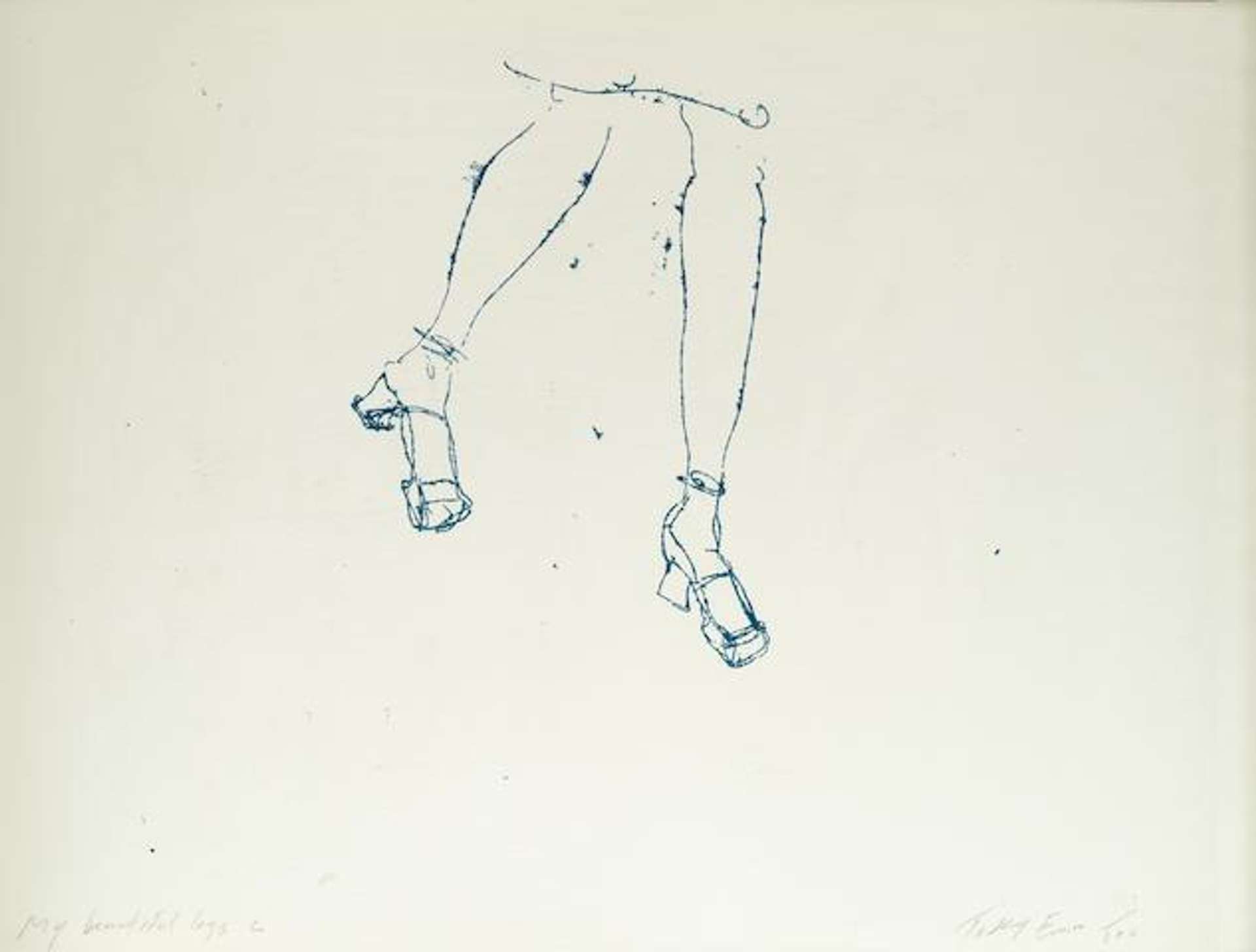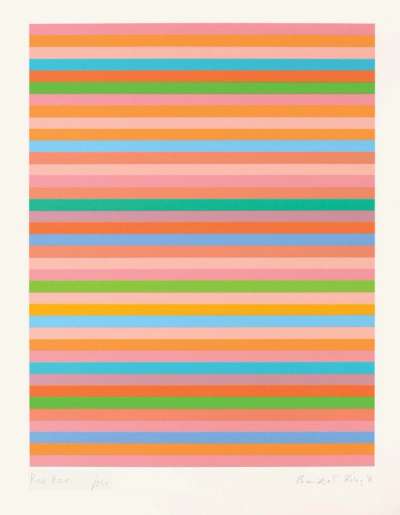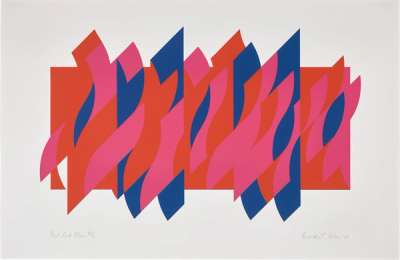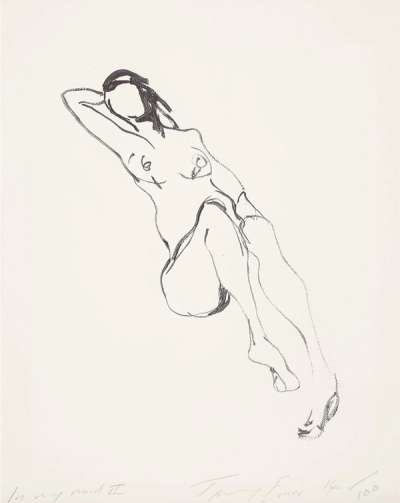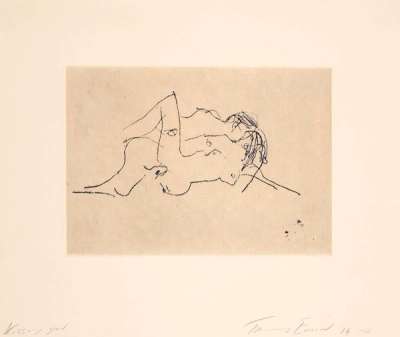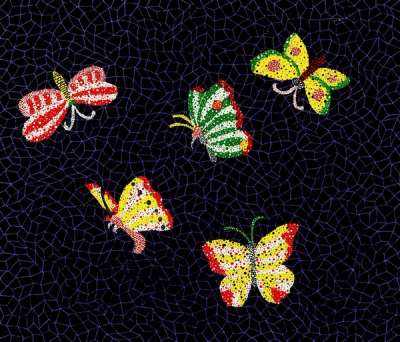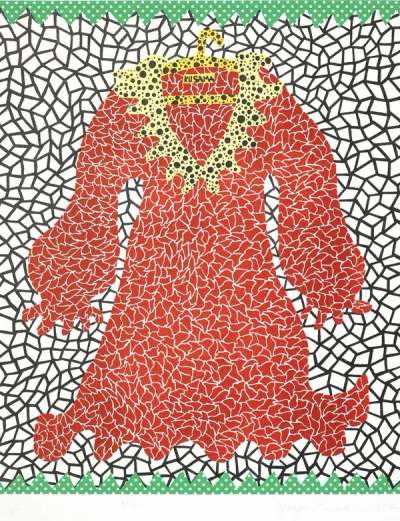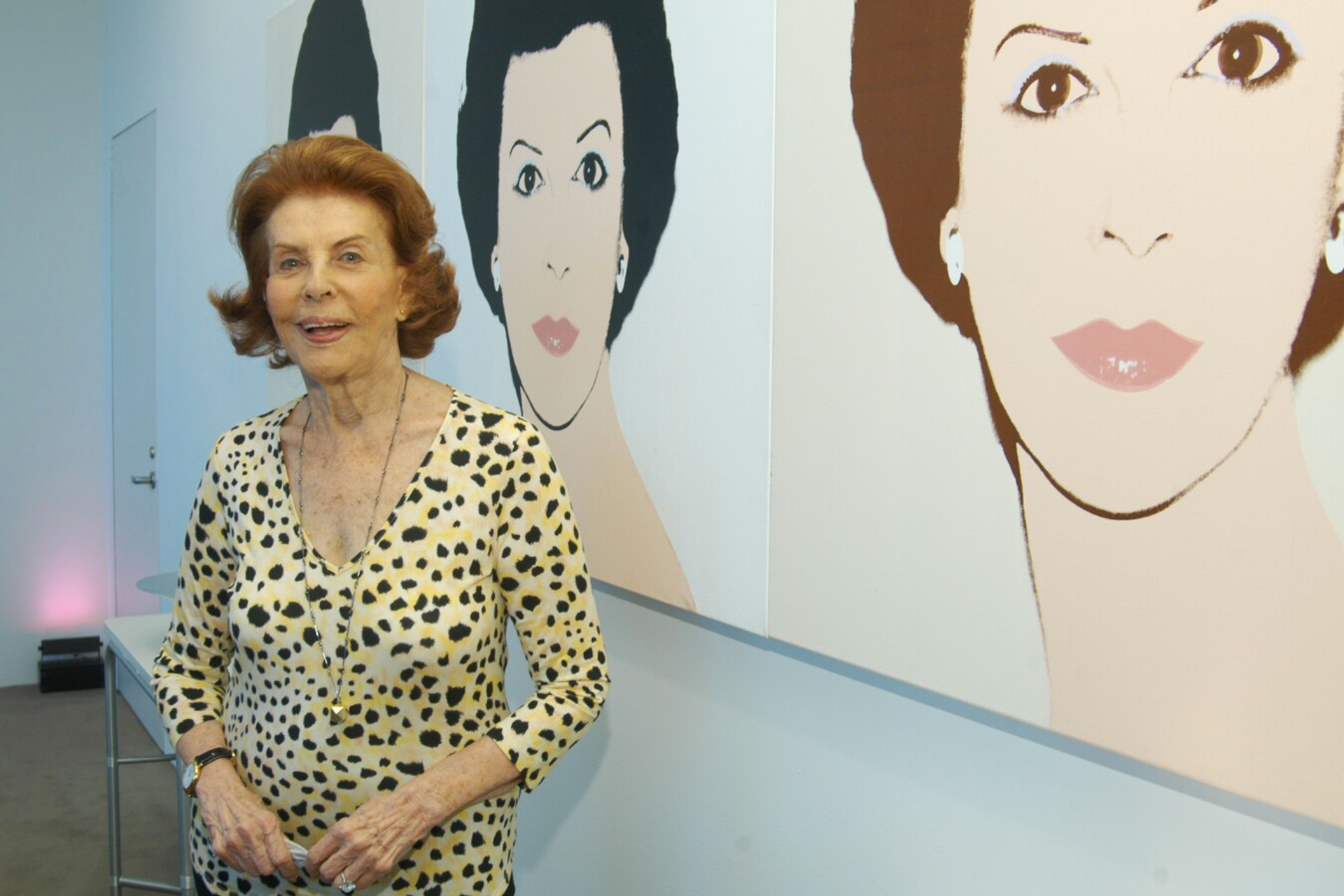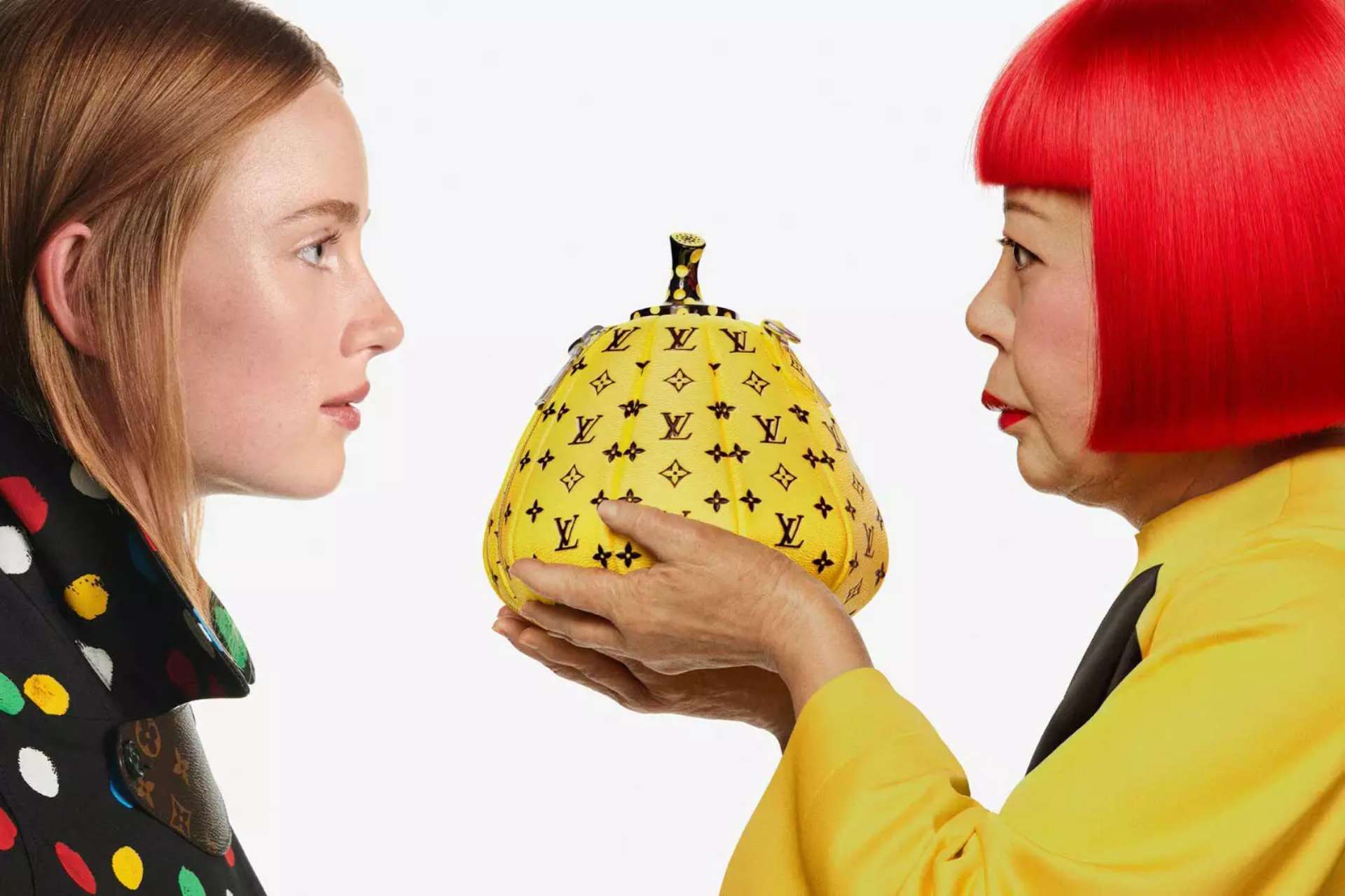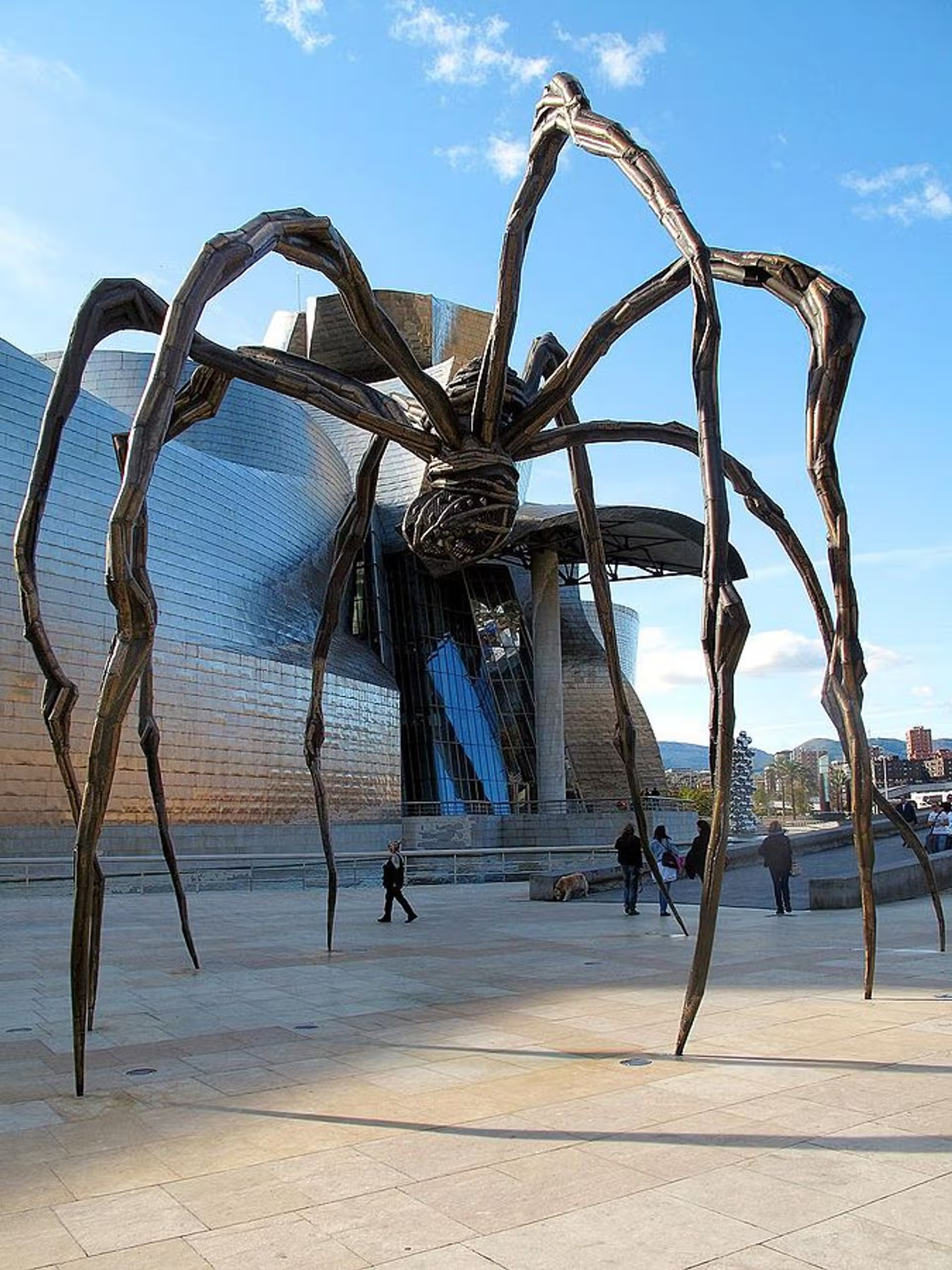 Untitled #6 © Louise Bourgeois 2005
Untitled #6 © Louise Bourgeois 2005In 1971, academic Linda Nochlin penned a provocative essay that would reverberate through the halls of art history for decades to come. "Why Have There Been No Great Women Artists?" was not merely a question but a challenge to the very foundations of art historical discourse which had, until then, largely excluded women from the narrative of greatness. Now, over fifty years later, we stand at a pivotal juncture where the ripples of Nochlin's inquiry have intersected with a contemporary art market that is markedly different from the past.
Seismic shifts that have undoubtedly occurred in the wake of Nochlin's seminal work, but have they been enough? By investigating how the contemporary art market has responded to the underrepresentation of women artists, the transformation in the reception of women's art and the barriers that have been broken – and those that still remain – we uncover the vibrant history of female artistry, now more colourful and complex than ever before.
The reassessment of Nochlin's question begs for an examination of the systemic changes it has spurred, the achievements of women artists today and a contemplation on the trajectory of the contemporary art world at large. Nochlin's challenge continues to resonate, urging us to redefine what greatness in art truly means, and who decides what that is.
"Why Have There Been No Great Women Artists?": The Continuing Struggle for Recognition of Women Artists
In 1971, the academic Linda Nochlin published her groundbreaking essay "Why Have There Been No Great Women Artists?", which confronted the systemic obstacles that had prevented women from achieving the same recognition as their male counterparts in the art world. Nochlin argued that the lack of "great" women artists in history was not due to a lack of talent but rather the result of institutional barriers that had denied women the same educational and professional opportunities as men. She challenged the very notion of "greatness", pointing out that it was a construct often biassed by gender and shaped by societal structures that favoured men.
Nochlin's article became a seminal text in feminist art history, catalysing discussions on gender inequality in the arts and beyond. It prompted a re-examination of the art historical canon and inspired generations of scholars and artists to uncover and promote the work of women artists who had been overlooked or marginalised. As expected, the reception of Nochlin's work was a mix of acclaim and controversy, since it disrupted long-held assumptions within the art community and broader society.
The struggle for recognition that Nochlin highlighted continues today, although the landscape has changed. The contemporary art world has undoubtedly seen increased visibility and representation of women artists, with more exhibitions, retrospectives and critical studies dedicated to their work. However, the quest toward gender parity in the art world is ongoing, with issues of representation, valuation and inclusion still omnipresent. Nochlin's essay remains a touchstone for those engaged in these conversations, offering a critical lens through which to view the progress and persistent challenges faced by women artists.
Revisiting "No Great Women Artists" in the Contemporary Market Context
The past few years have seen a definite improvement in the way that women artists are studied, collected and appraised. The rise in appreciation for female artists is evident in contemporary exhibitions, where their works are being showcased more prominently than ever before, and in the increasing number of solo shows and retrospectives dedicated to women. In 1981, the first museum solely dedicated to championing women artists opened in Washington, D.C. Since then, the narrative has expanded to include a diverse range of female voices and their contributions are now starting to be seen as integral to the fabric of contemporary art.
This increased visibility has translated into a greater market presence, with some women artists achieving record-breaking sales at auctions and a stronger demand for their work among collectors. But while the art market has made significant strides, it still grapples with persistent barriers. There were no women artists in the top 40 ranking of artists in terms of total sales value at auction in the period of 2000–2017, and 96% of artworks sold at auction are by male artists. In 2018, only 24% of the 27,000 artists shown at art fairs were women. In 2022, Forbes estimated the gender pay gap within the art world to be around $192 billion, considering the fact that between 2008 and 2019 work produced by women only accounted for around 2% of the total sales value at auction. Only 29% of Turner Prize winners have been women and the first woman of colour, Lubaina Himid, only won in 2017. These facts illustrate how Nochlin’s statement still stands, and women artists are still consistently undervalued both monetarily and in terms of prestige.
Women artists still face significant underrepresentation in major galleries and museums and the historical undervaluation of women's art continues to influence market dynamics, often to the detriment of female artists’ economic and professional recognition. Furthermore, women in art face intersectional challenges, where race, class and sexuality intersect with gender to compound disparities. The contemporary market has indeed shifted since Nochlin’s essay, with women artists playing an increasingly important role. Yet, the full dismantling of the barriers she identified remains a work in progress. The art world continues to grapple with these issues, seeking to create an equitable environment where the question posed by Nochlin no longer holds relevance because the answer is self-evident in the achievements and recognition of women artists.
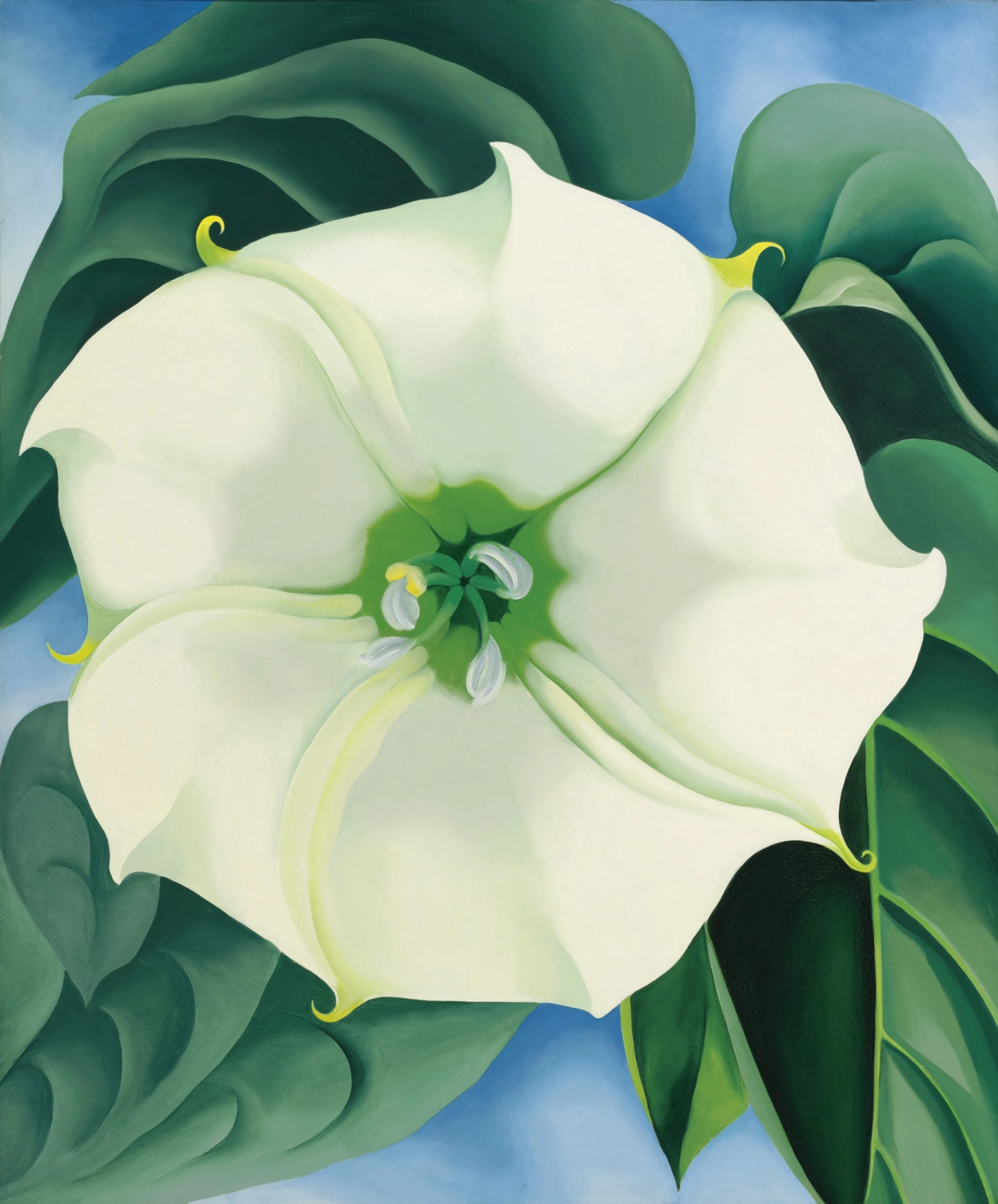 Image © Sotheby's / Jimson Weed/White Flower No. 1 © Georgia O'Keeffe 1932
Image © Sotheby's / Jimson Weed/White Flower No. 1 © Georgia O'Keeffe 1932Overcoming the Bias: Stories of Women's Success in the Art World
Those women fortunate enough to overcome entrenched biases in the art world have carved out spaces of success, commanding attention and respect in spheres that were once dismissive of their contributions. These stories of success are significant not only for the individual achievements of the artists but also for what they represent – a gradual dismantling of the gender bias in the art world. These women, through their distinct styles and impactful careers, are reshaping the narrative and inspiring future generations of women artists to aspire to and expect equal recognition in the art market and beyond.
Georgia O'Keeffe stands as a paragon of such a phenomenon, with her work achieving both critical acclaim and commercial success. Her distinctive paintings, particularly her large-scale flowers and southwestern landscapes, have sold for record sums, cementing her place as one of the most celebrated artists in American art history. She created the most expensive work sold by a woman artist at auction, and her painting Jimson Weed/White Flower No. 1 sold in 2014 for $44.4 million. Although this is commendable, it is still over $400 million less than the auction record for a male artist: Leonardo Da Vinci’s Salvator Mundi, sold in 2017 for $450.3 million.
In the contemporary sphere, Jenny Saville has shattered ceilings with her bold, visceral depictions of the human form. She is the most valuable living woman artist and her paintings regularly fetch high prices at auctions, reflecting a market that is increasingly receptive to the powerful statements made by women through their art. Although Saville's prominence in the art market is a testament to the shifting attitudes and a growing appreciation for the unique perspectives offered by women, some further investigation reveals the longstanding biases. While her painting Propped sold for $12.4 million in 2018, this sum is still dwarfed by the record for a living male artist: a Flag by Jasper Johns that sold in 2010 for $110 million. At the same sale where Saville made history, less than 10% of the rest of the works were by women artists.
Historical exhibitions have also played a critical role in reshaping perceptions, particularly within the academic world. Artists like Artemisia Gentileschi, who was once overshadowed by her male contemporaries, have been brought to the forefront through dedicated exhibitions that showcase their mastery and contribution to art history. In 2021, the National Gallery in London dedicated an entire exhibition to her work, the first ever organised in the UK. Famously, however, the museum only has works by eight women artists in its collection. Similarly, Frida Kahlo, who is celebrated for her deeply personal and symbolic self-portraits, has been the subject of numerous retrospectives – including one in 2018 at the Victoria & Albert Museum.
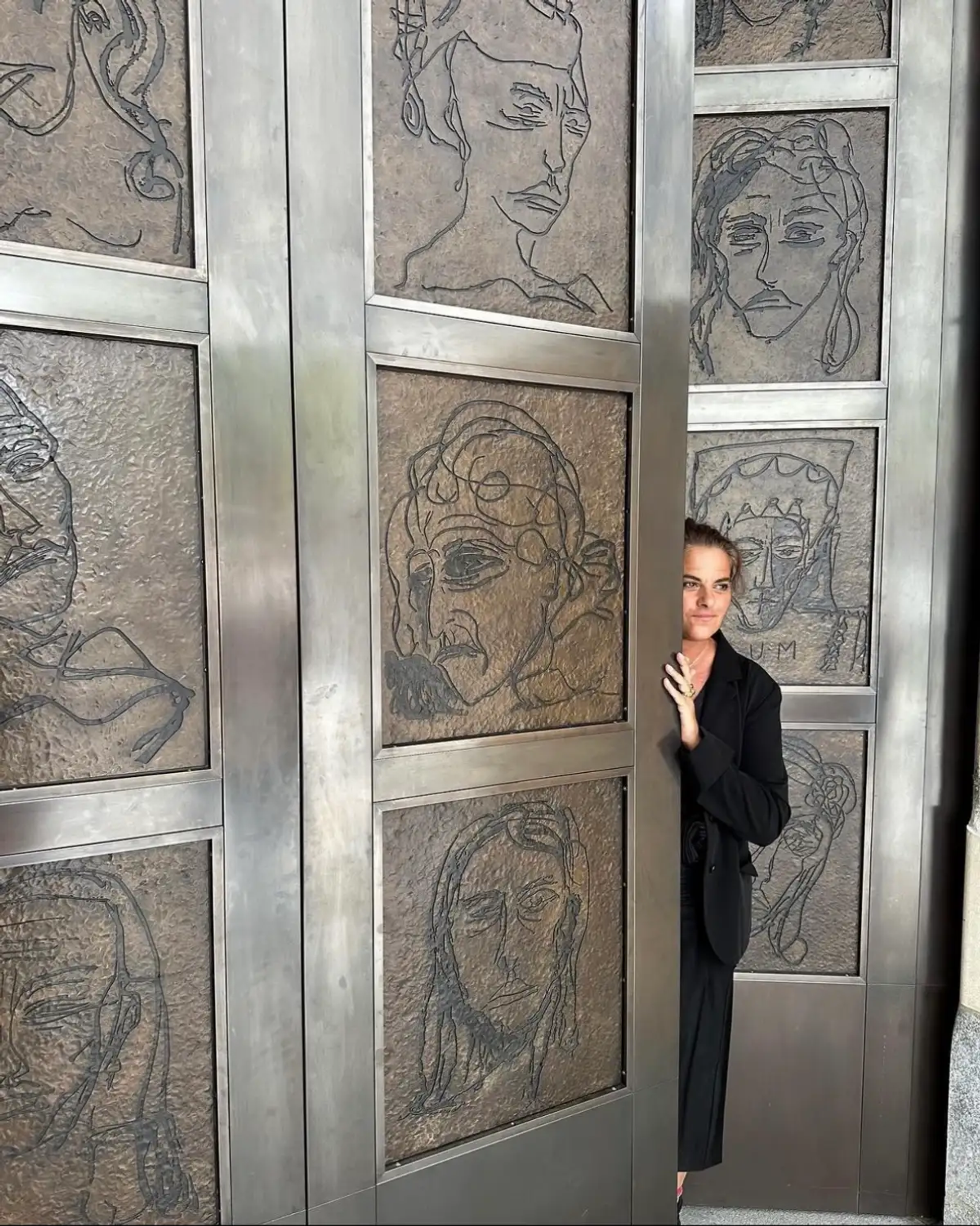 Image © Instagram @wellerharry / Tracey Emin standing next to The Doors at the National Portrait Gallery, London © Tracey Emin 2023
Image © Instagram @wellerharry / Tracey Emin standing next to The Doors at the National Portrait Gallery, London © Tracey Emin 2023More recently, contemporary British artist Tracey Emin has also made her mark, not just through her provocative and autobiographical artworks but through her contributions to the design of public spaces. Emin's design for the National Portrait Gallery doors in London is an achievement that underscores her influence and the recognition of women artists in public commissions—a realm historically dominated by men. Created in order to address the gender imbalance problem the gallery admits it has, her work is indicative of a shift towards a more inclusive art world. Yayoi Kusama is another great contemporary example, as her immersive installations and fashion collaborations continue to captivate audiences beyond the confines of the art world.
While all of these achievements should be widely celebrated, it is also crucial to acknowledge that the majority of those who have gained recognition in the art world are white and cisgendered. This reflects broader systemic inequalities that extend beyond gender, encompassing race, nationality and gender identity – artists of colour and those from the LGBTQ+ community often encounter additional layers of bias and exclusion. This disparity highlights the need for a more inclusive art world that not only addresses gender inequality but also actively seeks to dismantle racial and queer biases. Recognising and promoting a diverse range of artists is essential in creating an art ecosystem that truly represents the richness of the human experience and expression.
The Legacy of Nochlin's Provocative Question
Nochlin's provocative question has been instrumental in fuelling a reevaluation of the art historical canon and shining a light on the often overlooked contributions of women. The institutional biases that Nochlin critiqued are being actively challenged by initiatives and advocacy for gender parity in museums, galleries and other environments within the art world.
This is evidenced in the way that historical painters like Gentileschi, Élisabeth Vigée Le Brun and Sofonisba Anguissola are now receiving their due, with scholars and institutions reassessing their work and offering them a prominent place in the annals of art history. Their stories and artworks are being revisited, revealing a richness that had been neglected in the traditionally male-dominated narratives. Its legacy is also evident in the acknowledgment of the profound impact of 20th-century masters such as O'Keeffe, Kahlo and Bridget Riley, whose technical ability and inventiveness is being more recognised than ever. In the contemporary era, the success of artists like Emin and Saville marks a significant shift, as they challenge conventional ideas of femininity and affirm the power of women's voices in art. Their commercial and critical successes demonstrate that the art market, though still imperfect, is capable of championing women artists.
Despite these strides, the journey to redress the gender imbalance in the art world is far from complete. The achievements of these trailblazing women serve as a beacon of progress and a reminder of the work that remains. The art world continues to grapple with systemic issues that limit access and recognition for many women artists, especially those who are also navigating intersections of racial and gender identity biases. Nochlin's question remains a call to action, urging ongoing dialogue and concerted efforts to create an art world that is equitable, diverse and inclusive—where greatness is not defined by gender but by the transformative power of the art itself.




